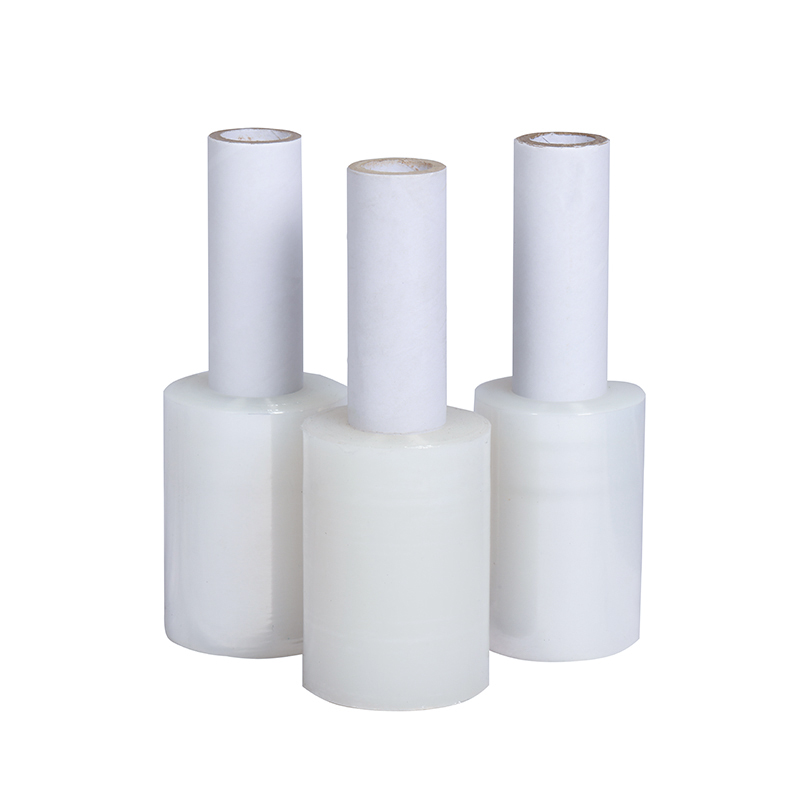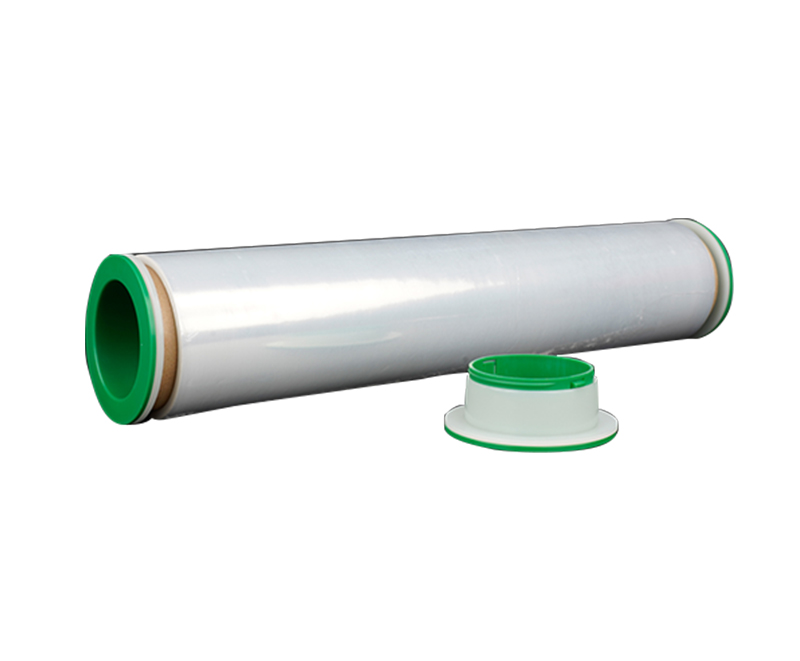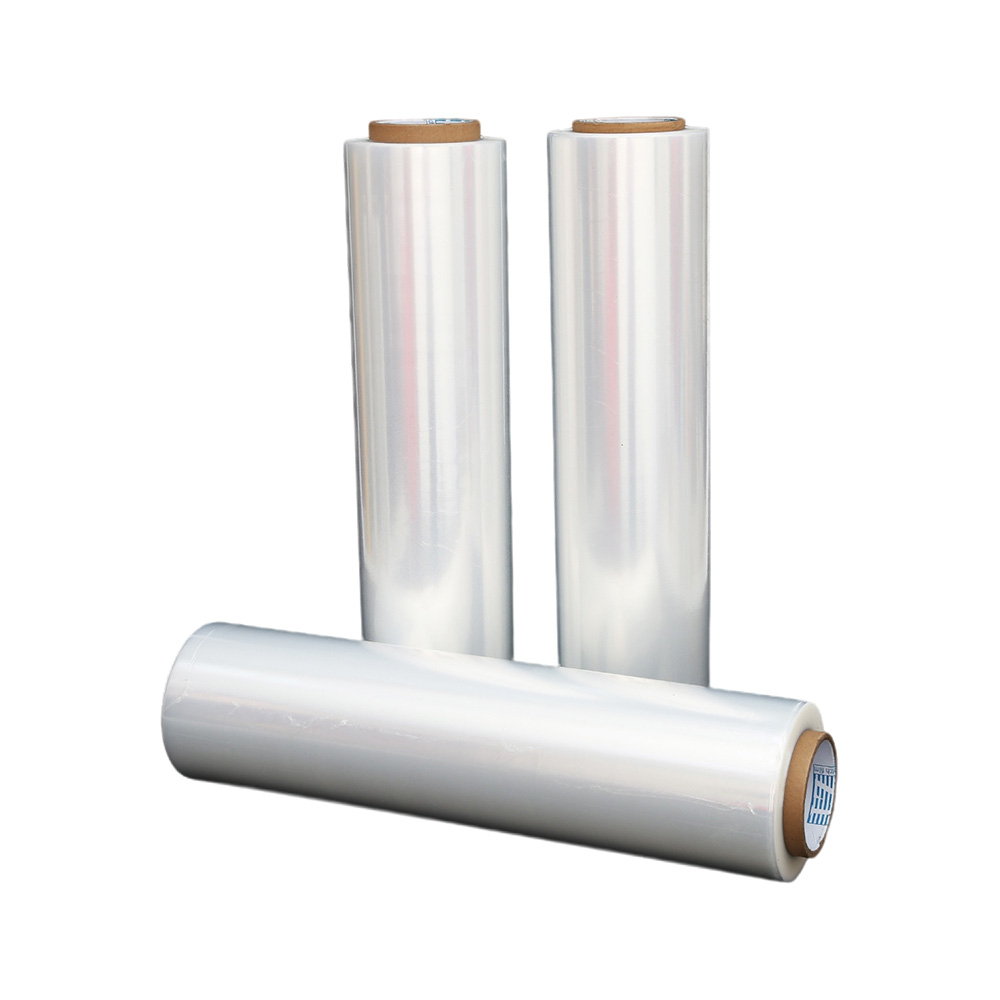Is the stretch film more thicker more better?
Source:Is the stretch film more thicker more better?Time:2021-09-08Visitors:
Stretch film is a packaging material in the packaging industry. In the logistics industry, goods can be wrapped tightly, which is convenient for transportation and has good effects of preventing looseness, rain and dust. The thickness of the stretch film is mainly determined by the packaging intent and the shelf life of the product. The theoretical shelf life of the designed packaging is estimated based on the thickness of the data and the packaging intent to verify the rationality of the designed stretch film packaging.
First of all, if the thickness of the stretched film is relatively large, stretching will be more difficult, especially the hand wound wrapping film, which will reduce the work efficiency.
Second, the thicker the stretched film, the lower its viscosity. The stickiness of the stretch film is its own characteristic. In production, adding plasticizers such as DOV to form a stretched film that is too thick has different requirements during the production process, and the production formula will also change, which will reduce the self-adhesiveness of the stretched film and reduce the overall quality of the stretched film.
For example, the common hand stretch film on the market has a thickness of 0.02mm, and the conventional thickness of a machine stretch film is about 0.025mm. Each increase in the thickness of 0.01mm will reduce the mechanical function of the stretch film by about 5%.
Of course, by increasing the thickness and sacrificing the mechanical function of the stretch film, the safety factor of the initial protective layer of the stretch film will be enhanced, and the thick packaging ensures the safety of the product. Stretch film is a self-adhesive PVC stretch film produced earlier in my country with PVC as the base material and DOA as the plasticizer.
Currently, 0.06mm is the thickness standard for stretched films. The wider the width of the machine, the more difficult it is to produce stretched film. Since the stretched film is a cast film, it becomes thinner and thinner during the casting process. Stretched films are usually mixed with MPE and C4-LLDPE, but not all C4-LLDPE can be mixed with them.
C6 and C8 materials are mostly selected for machine-use stretch films, which are easy to process and meet various packaging requirements. Due to the relatively low degree of stretch, C4 materials are often used for process packaging.
Therefore, the thicker the stretch film, the better. When purchasing, try to buy conventional products. Very high products are expensive and the quality is not as stable as conventional stretch films. Of course, if you have special requirements, you can choose packaging materials of appropriate thickness according to actual needs. Very high products are more expensive and less reliable than conventional products.
Recommended Products
Ranked in the same article
- how to use the stretch film technology to r
- How can we get detailed price list?
- Five common quality problems of PE protecti
- Plastic film degradation
- How to guarantee punctual shipment for our
- Gauge to Micron and Millimetre Conversion G
- What is the difference between stretch film
- Testing the permeability of stretch film
- Stretch film temperature requirements
- Electrical wire film VS electrostatic film
- Why insufficient transparency of stretch w
Latest news articles
- The 133rd Spring Canton Fair
- The significance of using PE electric wire
- Advantages of white engineering film
- What Properties Ensure Effective Cold Chain
- Stretch Film Wrap: Unraveling Its Benefits
- What is the Difference Between Magic Tape a
- How can PE stretch film be cut better?
- Bundling Stretch Film: Optimize Your Packag
- The Ultimate Guide to Choosing the Right Ma
- How to check the quality of PE stretch film
- Factors affecting viscosity of PE stretch f



